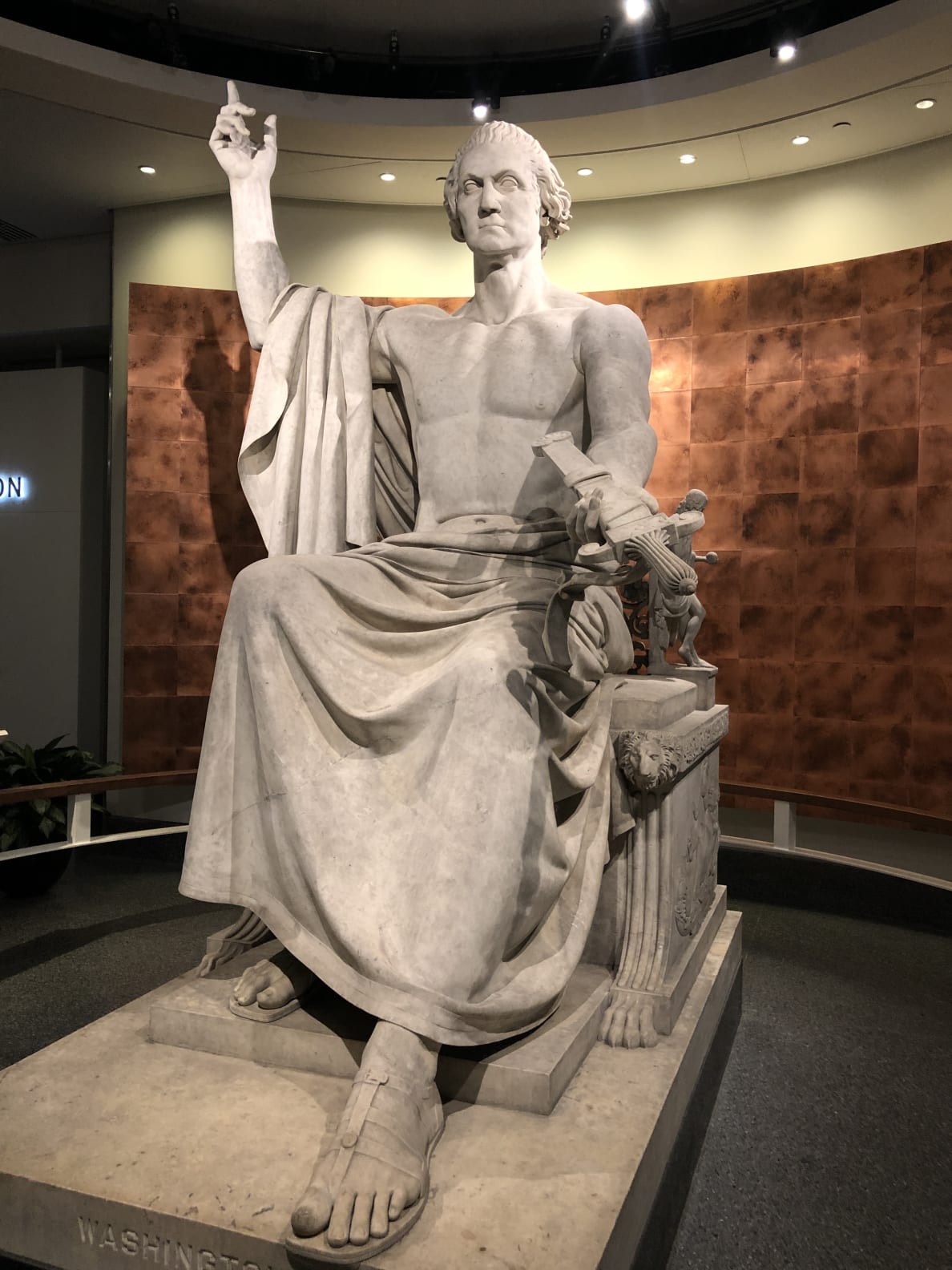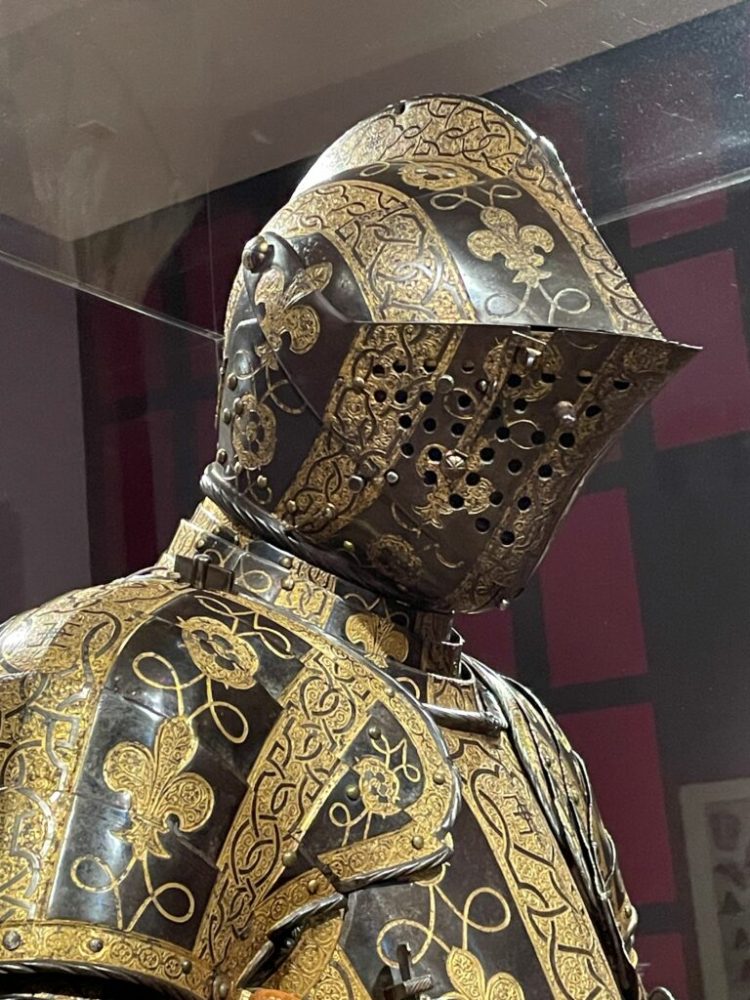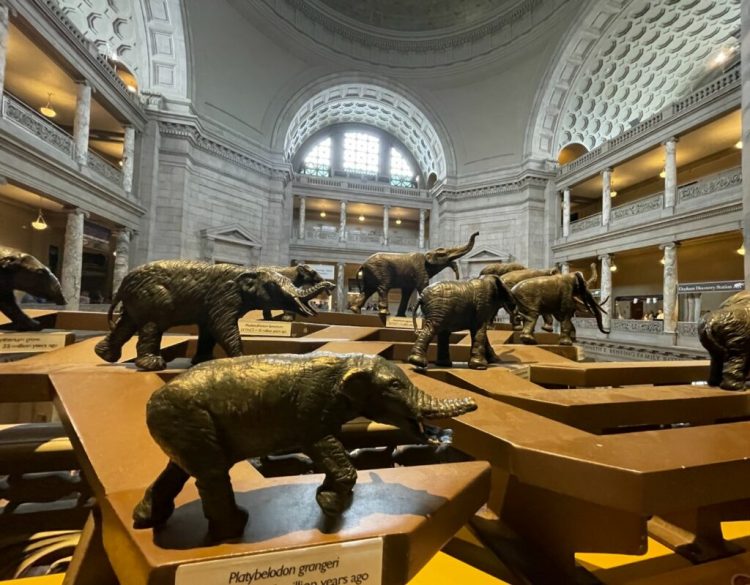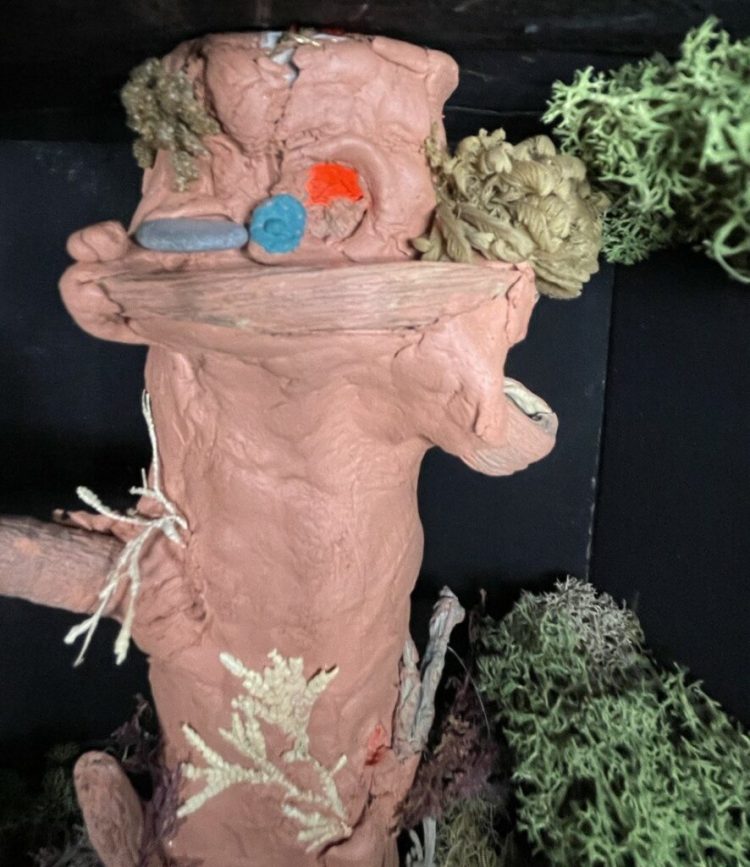Mikhailik’s Expedition series is my current favorite poetry reading. Kedrin was my favorite poet as a kid.
Alena of Arzamass was a Cossack or peasant girl married forcibly to an older man. Once widowed Alena entered a nunnery where she became a healer, and, some claim, a magician who could (or attempted to) turn bullets and arrows away by spells. In 1699 she gathered an army of 400 people and joined Stepan Razin’s uprising against the tsar. In the next year her army grew to over 2,000 people, but in 1670 they were beaten by the tsar’s army, Alena was captured (some say by the townspeople, others say by the soldiers) and, after torture, sentenced to be burned alive in a log house.
Иоганн Фриш:
Когда часть его войск была разбита Долгоруковым, она, будучи их предводителем, укрылась в церкви и продолжала там так упорно сопротивляться, что сперва расстреляла все свои стрелы, убив при этом ещё семерых или восьмерых, а после того, как увидела, что дальнейшее сопротивление невозможно, отвязала саблю, отшвырнула её и с распростёртыми руками бросилась навзничь к алтарю… Её мужество проявилось также во время казни, когда она спокойно взошла на край хижины, сооружённой по московскому обычаю из дерева, соломы и других горючих вещей, и, перекрестившись и свершив другие обряды, смело прыгнула в неё, захлопнула за собой крышку и, когда всё было охвачено пламенем, не издала ни звука.
This first poem is not actually about her.
Елена Михайлик
Бронзовая женщина, одетая не по погоде –
холодновато в Симбирске для греческих нарядов –
стоит на рыжем камне, чуть склонив голову,
в одной руке книга, в другой – труба,
смотрит туда, где должны лежать стылая чешуйчатая Волга,
– Рассказывают, гуляща жёнка была,
вот в этом виде и шлёндала –
все сплошь видать –
за то и окаменела, то есть, убронзовела,
а на столб её уже власти поставили,
в назидание…
Не пилить же на цветмет.
Назидание получается сомнительное:
женщина прекрасна пропорциональной красотой человека,
отдавшего дань легкой атлетике.
Тонкая ткань туники
оставляет мало простора воображению.
Смущает только выражение лица.
– Да она не в том смысле гуляла,
ты на глаза-то посмотри,
какая ж это гулящая?
Она разбойница была, по Волге струги водила,
ну а потом раскаялась, ушла в монастырь,
за что и поставлен ей памятник.
– В этом виде?
– Ну а в каком? В чем гуляла, в том и поставили.
Ткань-то дорогая, до сих пор видно.
Информанты, они как голуби –
стоит задать вопрос кому-то одному,
и ты уже в толпе,
и площадь заполнена шорохом сизых крыльев.
Третья старушка, в отличие от первых двух,
не в берете, а в очень теплой шапке-ушанке,
и без вязания, но почему-то с ножницами.
– И не в монастырь, а из монастыря,
и не ушла, а как раз сбежала.
К Разину, как Алёна-старица.
Только Алёна на суше воевала,
а эта на воде.
– А памятник почему?
– Так памятник-то не ей, а Карамзину.
Вот же надпись. И портрет.
Он же отсюда родом, симбирской.
Про нее первый и написал,
считай, с нее и сочинил
историю государства Российского.
Вот и поставили.
Как-никак муза.
А одежда такая, потому что делали
при государе Николае Первом,
а у них тогда принято было
всех рядить в греки и римляне,
чтобы единообразно
и как в настоящей империи.
Вот на постаменте горельеф –
Александр I «Историю» слушает,
так он в тоге и с голым торсом,
а чтение-то было зимой в Твери.
Сколько лет жизни у Александра памятник отнял…
Ну мало ли что мертвый,
что у вас задним числом за свет не вычитали? Или за воду?
Много, в общем. И у Николая.
То есть, Карамзин тоже простудился и умер –
но его-то она пожалела,
в 25-м, в декабре, слег
и не увидел, что было дальше.
А Николая – нет…
Не любит она Романовых. –
заключает женщина в шапке, –
Всех не любит, но Романовых – особенно.
– А куда она потом подалась?
– В каком смысле?
– Ну разбойница, если не в монастырь ушла,
а, наоборот, на Волгу сбежала.
Так Разина как раз здесь и разбили –
а она куда делась?
– Никуда не делась. – хором отвечают все трое,
и почему-то вдруг кажется,
что бронзовые книга и труба,
официальные атрибуты Клио, музы истории,
в этом случае означают что-то другое,
что-то совсем, совсем другое. –
Они ж у нее сына-трехлетку повесили. –
(Ни одна из трех не поясняет, кто такие «они» –
да и зачем?
Много кто может убить ребенка.
Но вот именно повесить и ждать, пока умрет –
только одна инстанция,
у того же Разина на такие вещи
просто не хватало терпения.)
Куда она после этого отсюда денется?
Вот и стоит.
И пишет.
И не только.
И если вы ее слышите
(конечно, слышит – это вовсе не шорох крыльев,
это шорох страниц,
где записано слишком много),
будьте осторожны.
Плохо, если она вас не любит.
Хуже только, если вы ей понравитесь.
Как вы думаете, кто подсказал Ульянову
бросить адвокатуру?
Дмитрий Кедрин, Песня Про Алену-Старицу
Что не пройдет -
Останется,
А что пройдет -
Забудется...
Сидит Алена-Старица
В Москве, на Вшивой улице.
Зипун, простоволосая,
На голову набросила,
А ноги в кровь изрезаны
Тяжелыми железами.
Бегут ребята - дразнятся,
Кипит в застенке варево...
Покажут ноне разинцам
Острастку судьи царевы!
Распросят, в землю метлами
Брады уставя долгие,
Как соколы залетные
Гуляли Доном-Волгою,
Как под Азовом ладили
Челны с высоким застругом,
Как шарили да грабили
Торговый город Астрахань!
Палач-собака скалится,
Лиса-приказный хмурится.
Сидит Алена-Старица
В Москве, на Вшивой улице.
Судья в кафтане до полу
В лицо ей светит свечечкой:
"Немало, ведьма, попила
Ты крови человеческой,
Покуда плахе-матушке
Челом ты не ударила!"
Пытают в раз остаточный
Бояре государевы:
"Обедню черту правила ль,
Сквозь сито землю сеяла ль
В погибель роду цареву,
Здоровью Алексееву?"
"Смолой приправлен жидкою,
Мне солон царский хлебушек!
А ты, боярин, пыткою
Стращал бы красных девушек!
Хотите - жгите заживо,
А я царя не сглазила.
Мне жребий выпал - важивать
Полки Степана Разина.
В моих ушах без умолка
Поет стрела татарская...
Те два полка,
Что два волка,
Дружину грызли царскую!
Нам, смердам, двери заперты
Повсюду, кроме паперти.
На паперти слепцы поют,
Попросишь - грош купцы дают.
Судьба меня возвысила!
Я бар, как семя, щелкала,
Ходила в кике бисерной,
В зеленой кофте шелковой.
На Волге - что оконницы -
Пруды с зеленой ряскою,
В них раки нынче кормятся
Свежинкою дворянскою.
Боярский суд не жаловал
Ни старого, ни малого,
Так вас любить,
Так вас жалеть -
Себя губить,
Душе болеть!..
Горят огни-пожарища,
Дымы кругом постелены.
Мои друзья-товарищи
Порубаны, постреляны,
Им глазыньки до донышка
Ночной стервятник выклевал,
Их греет волчье солнышко,
Они к нему привыкнули.
И мне топор, знать, выточен
У ката в башне пыточной,
Да помни, дьяк,
Не ровен час:
Сегодня - нас,
А завтра - вас!
Мне б после смерти галкой стать,
Летать под низкой тучею,
Ночей не спать, --
Царя пугать
Бедою неминучею!.."
Смола в застенке варится,
Опарой всходит сдобною,
Ведут Алену-Старицу
Стрельцы на место Лобное.
В Зарядье над осокою
Блестит зарница дальняя.
Горит звезда высокая...
Терпи, многострадальная!
А тучи, словно лошади,
Бегут над Красной площадью.
Все звери спят.
Все птицы спят,
Одни дьяки
Людей казнят.




















































































































































































































































































































































































































































